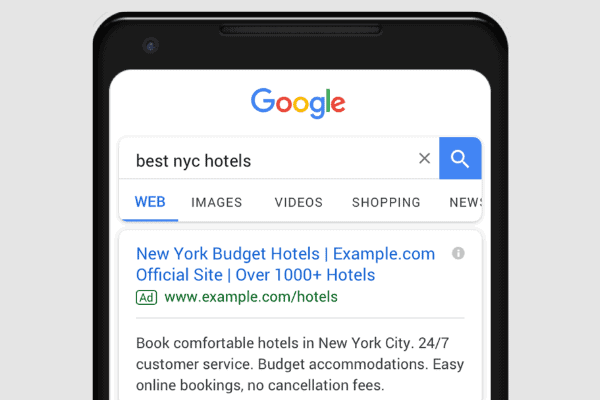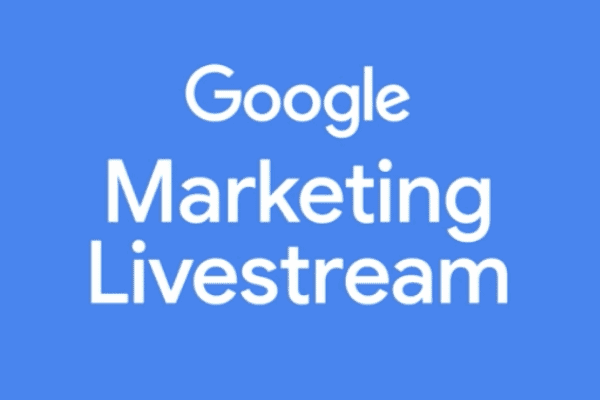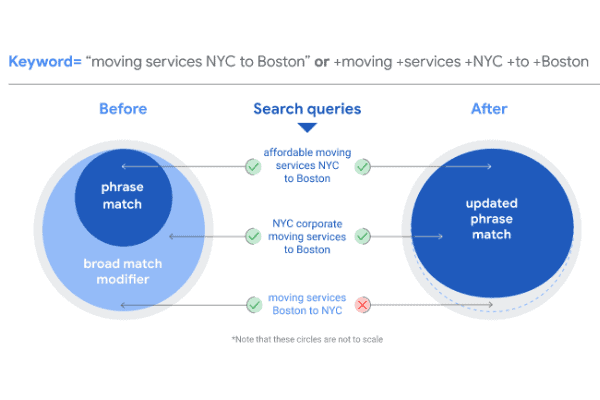As voice search becomes increasingly enmeshed in daily life, brands have major opportunities to capture the ears and minds of consumers.
It seems hard to believe that many of us have been talking to Siri for eight years. But since Apple first introduced the iPhone 4S with a beta version of the voice assistant in 2011, voice search has become an important part of many consumers’ lives. Voice search makes life easier for almost everyone, but especially the elderly, people living with disabilities, and kids who have grown up talking to their devices.
And as smart speakers like Amazon Echo and Google Home enjoy wider adoption across the globe, voice search is only going to gain steam. Brands that haven’t explored ways to better connect with their audiences via voice search may soon find themselves left behind.
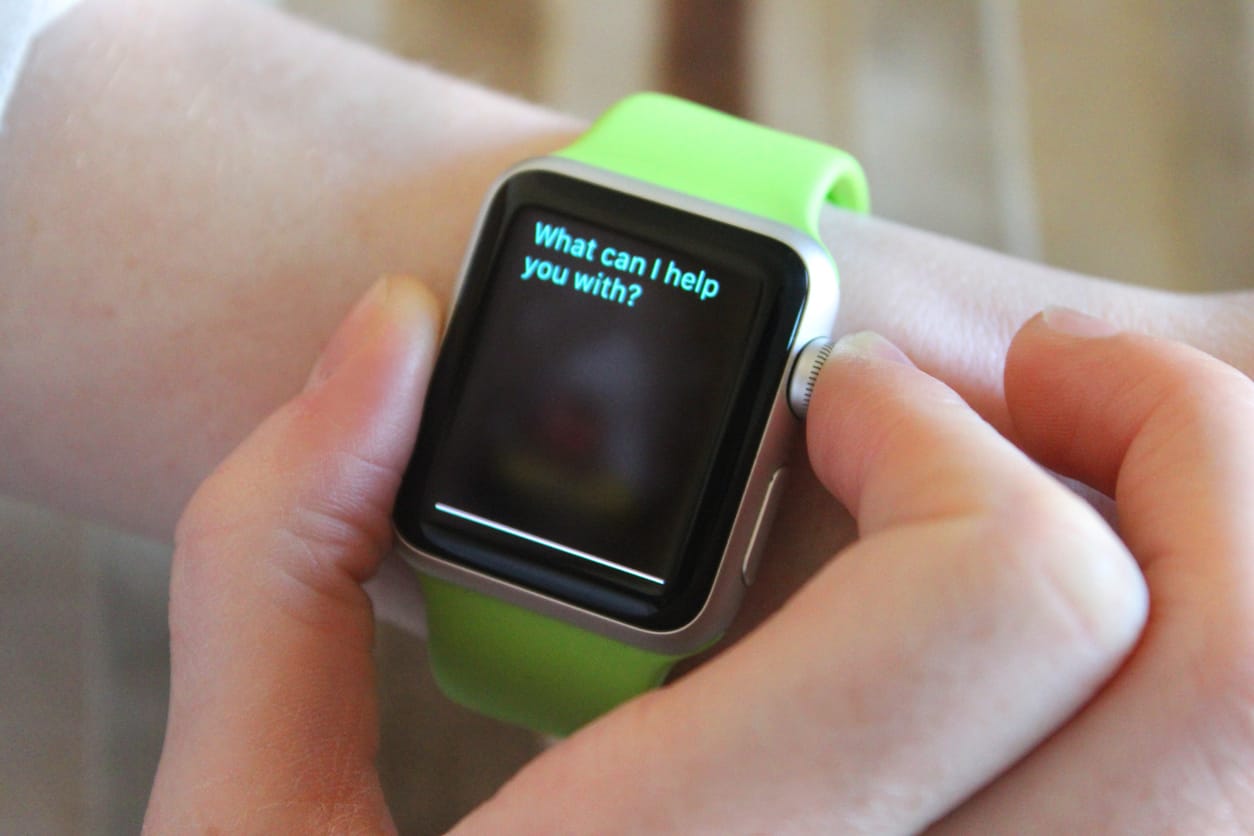
Voice search assistants are now embedded in almost everything we own
The top five predictions for voice search in the coming years
-
Expect voice search to boom
If it seems like everyone you know got a smart speaker last holiday season, you’re probably right. In fact, smart speakers are flying off the shelves all over the world. According to Strategy Analytics, smart speaker shipments grew 200% year-over-year in Q3 of 2018. In the U.S. alone, 74.2 million people currently own smart speakers, which comes out to 26.8% of the population, if eMarketer’s predictions are correct. And China is close behind; eMarketer also reports that 34.2 million people in China are set to adopt smart speakers in 2019.
And it stands to reason that as more and more users become increasingly comfortable talking to their smart speakers, they’re going to start doing a whole lot more than asking Alexa to tell jokes. A recent study by PwC found that 61% of consumers said they plan to use their voice devices more in the future, while Gartner predicts that by 2020, 30% of all searches will be done without a screen.
But what does greater adoption of smart speakers and voice assistants really mean? Well, major changes to the way we create content, for starters.
-
Content will stand in for ads
One of the main problems for marketers attempting to create branded experiences for smart speakers like Google Home and Amazon Echo is that they don’t allow paid advertising (yet). But some clever companies are already finding ways to create content that’s smart speaker friendly even if they can’t buy any ad space. In December 2018, The New York Times published an article featuring some of the ways brands were popping up to make the most of voice search. For example, to promote its children’s show Sesame Workshop, HBO created a game called “Esme and Roy,” which allows children to play by using their smart speaker to answer questions. In the near future, a brand without a voice search presence is probably going to be about as odd as a company without a website or Facebook page.
-
Voice shopping is set to be big
Promoting products by creating content specifically for smart speakers is only the beginning. More and more consumers are using voice search for shopping as well. According to OC&C Strategy Consultants, voice shopping accounts for $2 billion in consumer spending, a number that’s set to jump to as much as $40 billion by 2020.
So what are consumers buying with voice search? A recent study by OneBuy.com found that the most commonly purchased items via voice search are household goods, with 25.11% of users saying they’ve bought everyday items using voice search, followed by apparel and entertainment at 21.1% apiece. Big brands are already quite sophisticated with their ecommerce channel advertising strategy and certainly stand to benefit, but voice search presents opportunities for local businesses too.
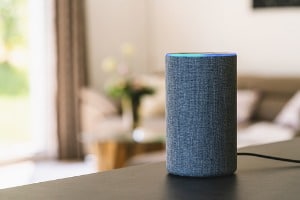
An increasing number of smart speakers have hit the market in recent years.
-
Local search and voice search are a natural pair
Smart speakers come in handy for users whose hands are busy, so it seems intuitive that many consumers use voice search when driving. That could be one reason why 76% of smart speaker users say they use voice search to find local businesses weekly, and 46% say they use it daily. And as consumers increasingly realize how easy it is to find local businesses through voice search, brands that act quickly are going to be the ones that see a boost in visibility from local voice search.
-
Only businesses that act fast will see a benefit
For traditional SEO, being near the top is usually enough. For voice search, it’s winner-take-all, and only those in the top spots are going to get business from voice search. Which means brands that aren’t ready are going to have a hard time playing catch up in coming years.
One brand that’s doing a great job establishing itself as an early leader in voice search is pizza chain Domino’s. Though food delivery isn’t yet a huge player in the voice search landscape, the company noticed an uptick in orders coming from Amazon’s Alexa. And so, to meet consumer demand for greater ease when ordering from their local Domino’s, the company rolled out “Dom,” an AI assistant to help take orders in an effort to move to a “100% digital” ordering system.
In the coming years, we’re probably going to start asking our devices to do all sorts of things we never would have dreamed of asking Siri in 2011. And as people increasingly use voice search to ask for products and services, the first businesses to answer will be the ones that stand out.


